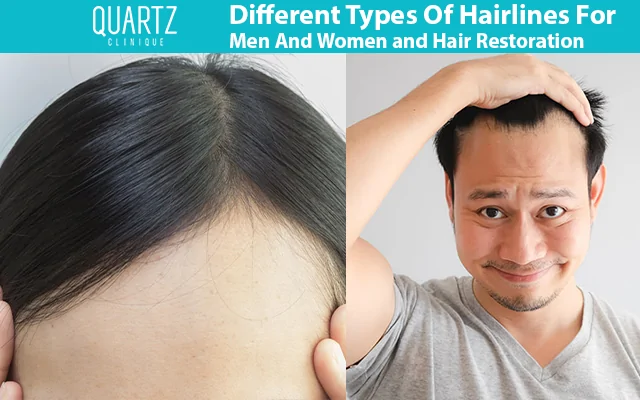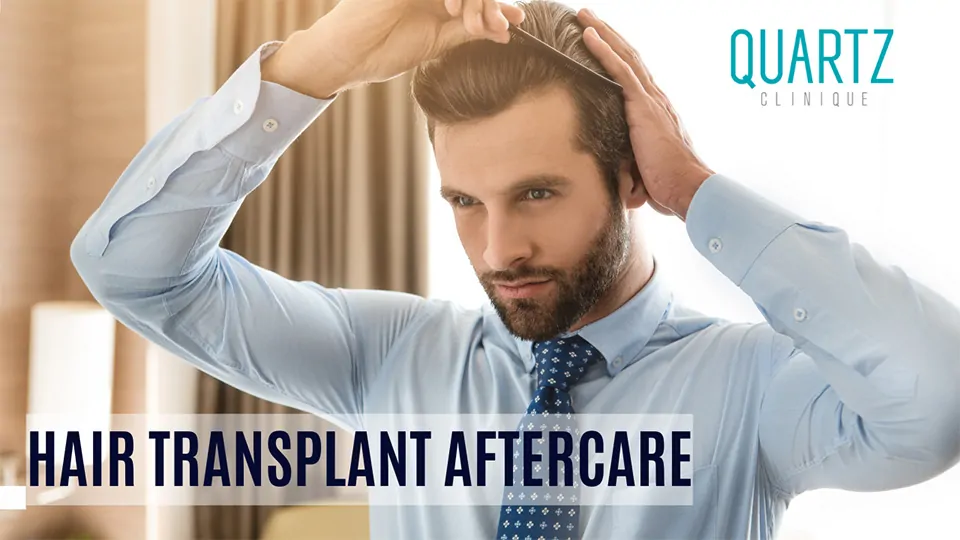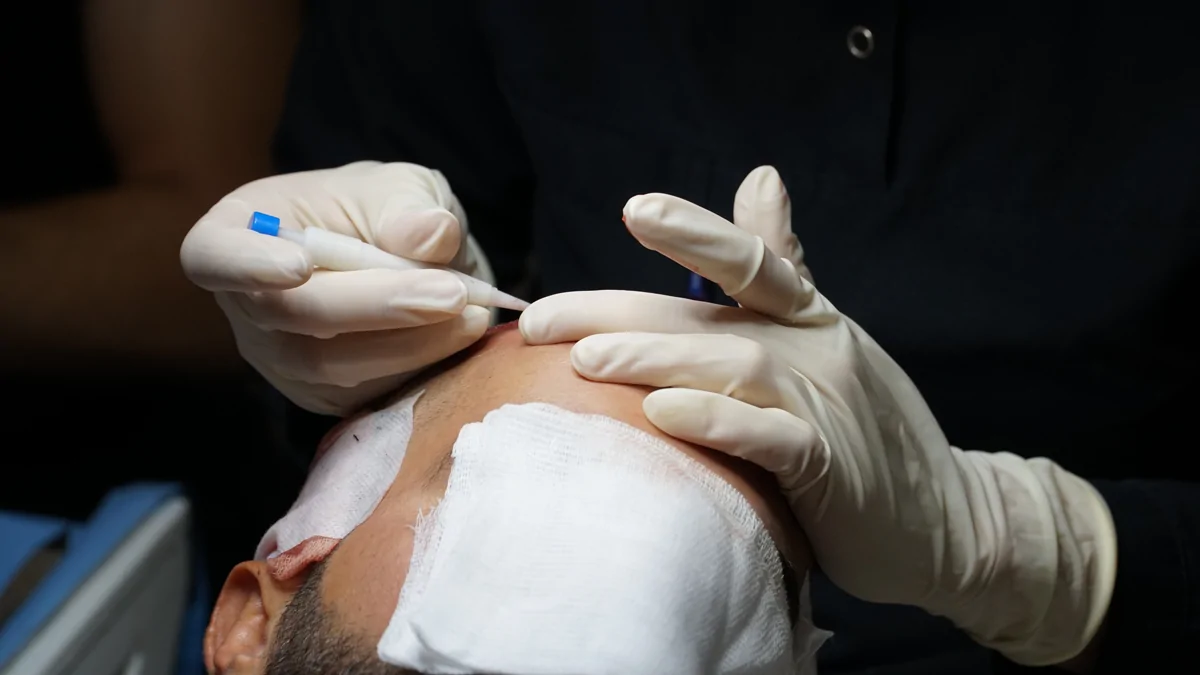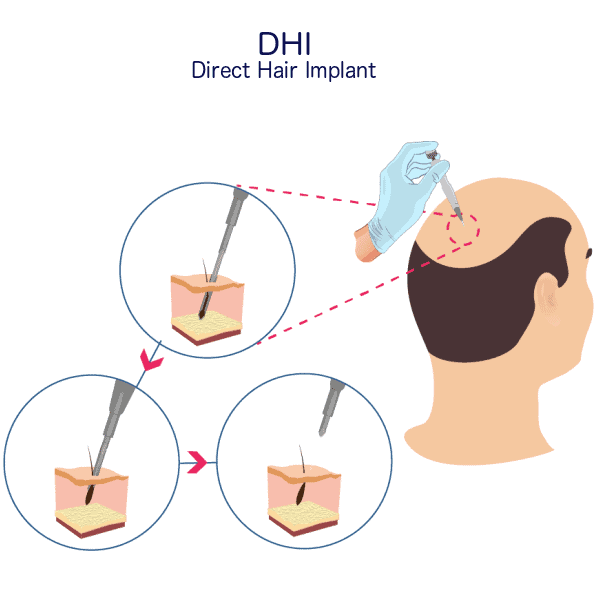
Best Hair Transplant Clinic in Istanbul
Hair loss affects millions of people worldwide and can significantly impact self-confidence, social life, and overall well-being. Today, Istanbul, Turkey has become a global hub for hair transplant surgery, offering world-class medical care, affordable costs, and natural results that attract patients from over 100 countries each year.
In this comprehensive guide, we explore everything you need to know to choose the best hair transplant clinic in Istanbul, understand the available techniques, and learn how Turkey has become a leading destination for hair restoration.
Why Istanbul is the Global Capital of Hair Transplantation
Over the last decade, Turkey has established itself as the top destination for medical tourism, particularly for hair transplant operations. Each year, more than 500,000 patients travel to Istanbul for hair restoration procedures.
The reasons behind this global reputation are clear:
- Highly experienced surgeons trained in both Europe and Turkey.
- State-of-the-art clinics equipped with modern technology.
- Affordable prices, often 60–70% lower than in the UK or USA.
- All-inclusive packages, including hotel, transfers, and aftercare.
- Natural and long-lasting results, verified through international patient reviews.
| Feature | Istanbul, Turkey | UK / USA / Europe |
|---|---|---|
| Average Cost | $1,800 – $3,500 (All-Inclusive) | $6,000 – $12,000 |
| Techniques Used | FUE, DHI, Sapphire FUE, FAT, PRP | Primarily FUE |
| Experience of Surgeons | 15–25 years (International training) | Varies (5–15 years) |
| Patient Packages | Hotel, VIP transfer, aftercare included | Usually surgery only |
Understanding Hair Transplantation
A hair transplant is a microsurgical procedure that moves healthy hair follicles from the donor area (typically the back of the head) to balding or thinning areas. The transplanted grafts continue to grow naturally for life.
Common Techniques Used in Istanbul
- FUE (Follicular Unit Extraction): Individual follicles are extracted and implanted one by one, leaving minimal scars.
- DHI (Direct Hair Implantation): Uses an implanter pen for direct graft insertion with maximum density.
- Sapphire FUE: A variation of FUE performed using sapphire-tipped blades for faster healing and precision.
- FAT Hair Transplant: A regenerative method using stem-cell enriched fat tissue to enhance graft survival.
- PRP Support: Platelet-Rich Plasma therapy to accelerate recovery and stimulate growth.
What Makes the Best Hair Transplant Clinic in Istanbul?
Finding the right clinic is crucial to achieving natural, permanent, and aesthetic results. The best clinics in Istanbul share the following features:
1. Experienced and Certified Surgeons
Look for surgeons who are board-certified, internationally trained, and have over 10–15 years of experience performing hair transplantation.
2. Modern Technology and Techniques
Clinics that utilize Sapphire FUE, DHI, and regenerative adjuncts like PRP or FAT Transplant show a commitment to innovation.
3. Accredited Facilities
Ensure the clinic operates in a licensed hospital or medical facility adhering to international hygiene standards (JCI or ISO certification).
4. Transparent Pricing
A reputable clinic provides a clear quote that includes all costs — graft number, anesthesia, accommodation, transfers, and aftercare.
5. Comprehensive Aftercare
Post-operative support, follow-up consultations, and detailed washing instructions are vital for optimal healing and graft retention.
Step-by-Step: Hair Transplant Process in Istanbul
| Stage | Procedure | Details |
|---|---|---|
| 1. Consultation | Diagnosis & planning | Hair analysis, graft calculation, medical review |
| 2. Preparation | Anesthesia and donor area shaving | Local anesthesia ensures pain-free experience |
| 3. Extraction | FUE or DHI follicle harvesting | Precise extraction of healthy grafts |
| 4. Implantation | Graft placement using micro incisions | Angle and direction aligned with natural growth |
| 5. Aftercare | Washing, medication, follow-up | Special shampoo and PRP recommended |
What to Expect After Hair Transplantation
- Initial Healing: 7–10 days (minor redness and crusting)
- Shedding Phase: 2–6 weeks post-surgery (normal shock loss)
- Regrowth: New hair starts to appear after 3 months
- Final Results: 9–12 months for full density
Patients are advised to avoid direct sunlight, swimming, smoking, or strenuous exercise during the early recovery period.
Why Choose Quartz Hair Clinic Istanbul
Quartz Hair Clinic, located in Istanbul’s Fulya district, is among Turkey’s most recognized medical centers for advanced hair transplantation.
✅ 25+ years of combined experience in FUE, DHI, and regenerative hair therapies
✅ Minimally invasive and pain-free techniques
✅ International patient services with translator support
✅ Luxury accommodation and VIP airport transfers
✅ Lifetime graft guarantee
The clinic’s medical director, Op. Dr. Leyla Arvas, is a pioneer in aesthetic and regenerative medicine, offering both surgical and non-surgical hair restoration for men and women.
Average Hair Transplant Prices in Istanbul
| Technique | Average Price (USD) | Includes |
|---|---|---|
| FUE Hair Transplant | $1,800 – $2,800 | 3-day hotel, VIP transfer, aftercare |
| DHI Hair Transplant | $2,200 – $3,200 | Unshaven option, anesthesia, follow-up |
| FAT Hair Transplant | $2,800 – $3,800 | Stem cell fat injection + PRP |
Frequently Asked Questions (FAQ)
Is hair transplant surgery painful?
No, the procedure is performed under local anesthesia. Patients typically describe it as painless, with only minor post-operative sensitivity.
How long does the operation take?
The duration varies depending on graft count — usually between 5–8 hours.
When will the transplanted hair start to grow?
New hair growth begins after 3–4 months, with full results visible at 9–12 months.
Can women undergo hair transplantation?
Yes, modern techniques such as DHI and FAT Transplant allow natural, unshaven results suitable for female patients.
Choosing the best hair transplant clinic in Istanbul requires careful consideration of experience, technology, and patient care.
With its combination of skilled surgeons, advanced facilities, and competitive pricing, Istanbul remains the #1 destination for hair transplant surgery worldwide.
At Quartz Hair Clinic, our mission is to provide natural, safe, and permanent hair restoration for every patient through precision, artistry, and personalized care.
Restore your confidence, redefine your appearance, and discover why Quartz Hair Clinic Istanbul is one of the most trusted names in hair transplantation in Turkey.








